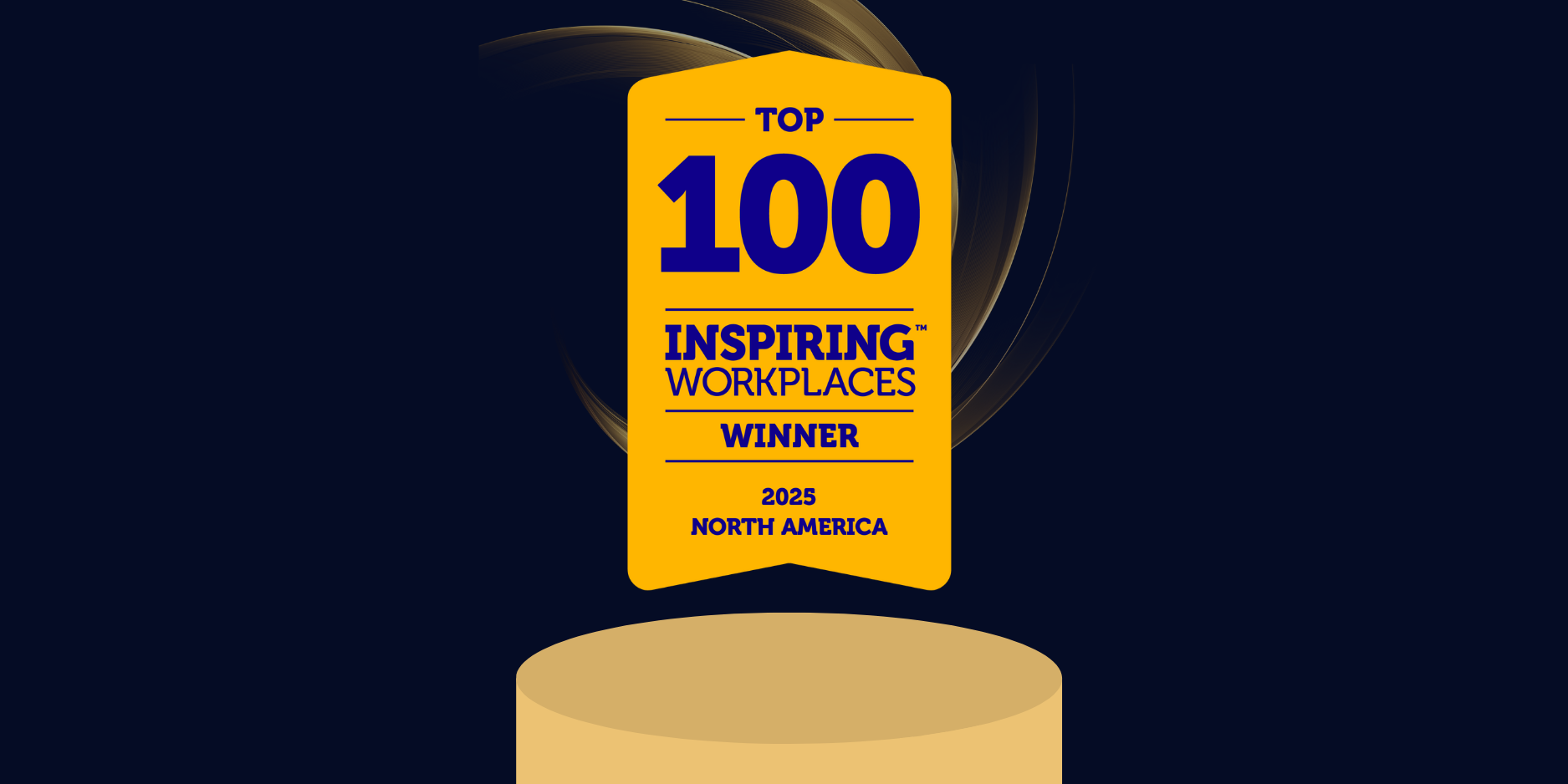This new post came close to being titled “Remember that file cabinet” in memory of that black or beige metal storage cabinet where for decades a senior partner had been accumulating short notes and printed cases related to the firm’s area of expertise. About 15 years ago, every firm had its own. It was a gold mine of precedents. Its mastermind was updating it on a weekly, sometimes daily basis. You could browse its content alphabetically, by date, or, in the case of the most conscientious, by topic thanks to a home-made cataloging system. A large proportion of the supporting material needed by junior associates was in there, all summarized and neatly organized. If you removed an important opinion to photocopy it and forgot to put it back, someone would quickly notice it.
The internet and online legal databases have definitively spelled the end of the reference file cabinet, and for good reasons. Full-text searching is way more efficient than browsing library sheets. Searching in millions of cases gives you greater chances of finding a gem that the other party could not get hold of. Today, online databases are updated almost in real time, and having the capacity to plunge into this sea of information from any location is not negligible. But there is at least one characteristic of the file cabinet for which we have a reason to be nostalgic: relevant legal information was all assembled in one place.
Nowadays, legal information is scattered all around. On one hand, sources have multiplied (and will likely continue to do so). Online commercial publishers have been complemented by open-access publishers and low-cost publishers. Official sources have joined the parade by publishing on their own websites, just as have producers of secondary material. Others aggregate this content and mash-it up together. In this context, legal research is now rarely conducted on a single platform. Each one is consulted for its respective strengths, and researchers often cross-check them for comprehensiveness. Moreover, this doesn’t even take into account alternative material that can surface anywhere on the web.
On the other hand, storage locations available to host legal information that has been deemed relevant have multiplied in parallel. Desktop folders are still a favorite, but most law firms require their lawyers to upload material to shared drives set up for this purpose. In larger firms you may also be asked to feed the results of your search to an intranet and/or a Document Management System (DMS) for the benefit of your colleagues. Since none of those solutions supports personal notes adequately, some of it is still printed and penned upon. Finally, users’ accounts on publishers’ websites add to the accumulation since they provides notifications and current awareness capacities that none of the other systems can offer.
Moving from the comfortable world of the physical file cabinet to this unstructured network of virtual locations can be quite destabilizing. Even for those educated in this environment, the lack of a single access point can easily lead to disorganization. Lexbox’s personalized legal research workspace helps you get it all together. The vision for Lexbox is based on the following assumptions:
- You undertake legal research across multiple platforms but need a place to assemble your findings;
- You require flexibility in how content is organized (by file, topic of interest, project, …);
- You sometimes need to takes notes and rename your reference material;
- Legal information you store may need to be shared with colleagues and/or clients.
In a way, Lexbox is your own electronic reference file cabinet. You fill it with relevant cases, legislation and secondary material discovered online. You organize it the way you like and add your personal notes on top of it. When someone else should be notified of a document of interest, you can quickly email it. It removes the need to store legal information in your file folders (which become quickly outdated anyway). Moreover, Lexum is working on a way for you to have Lexbox integrate seamlessly with your existing client files. This will take the form of integration with selected practice management solutions. Once in place, lawyers working with our partner’s platforms will be able to transfer Lexbox’s content to their locally hosted client folders, and vice-versa, with a single click. This mechanism will allow updates and alerts generated by legal information websites to be made available from within the environment that you use on a day-to-day basis. That’s what we have in mind when we are talking about getting it all together!








